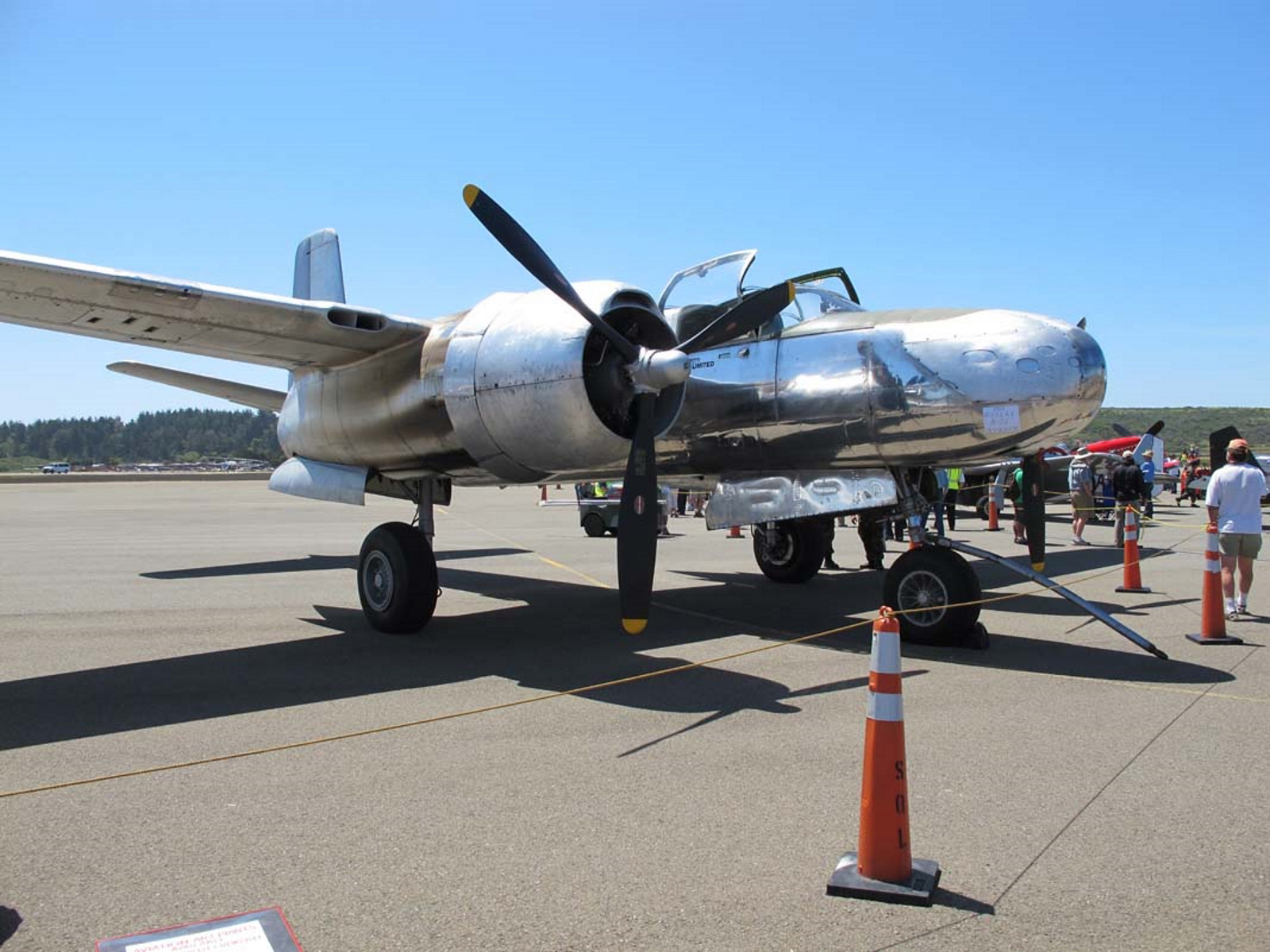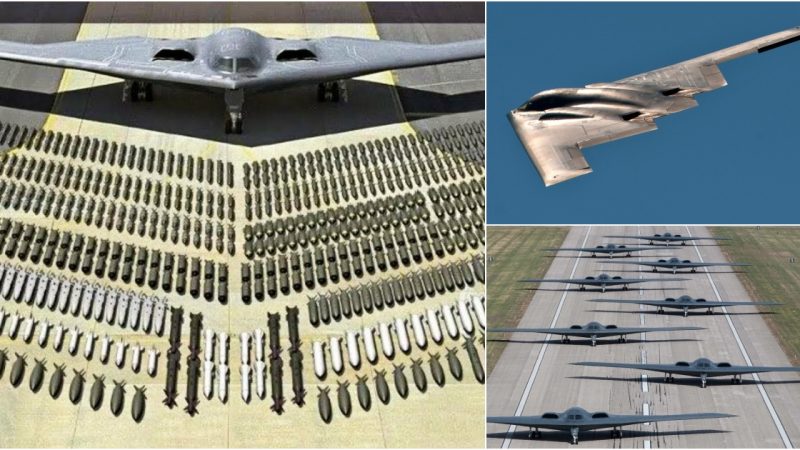Introducing History’s Most Potent Ground Attack Capability: The ‘Monster’
The Douglas A-26 Bomber, also known as the B-26, is the only American bomber that had participated in three major wars: World War II, the Korean War, and the Vietnam War.
This is without a doubt a very successful US military aircraft, with more than 2,500 produced. It could also serve as an attack aircraft. A range of guns could be fitted to produce a formidable ground-attack aircraft.
The A-26 Invader first flew in July 1942. The design was a successor to the Douglas A-20 Havoc, sharing similarities and layouts. Flight tests revealed excellent performance and handling but engine cooling problems led to crawling changes and elimination of the propeller spinners on production aircraft.
The early A-26 versions were built in two configurations: The A-26B gun-nose model equipped with a combination of armament, including .50 caliber machine guns, 20 or 37mm auto cannons, or an experimental 75mm pack howitzer. The ‘B’ gun-nose version housed six (and later, eight) .50 caliber machine guns, officially known as the “all-purpose nose,” commonly referred to as the “eight-gun nose” or “eight-gun nose.”
The A-26C’s “glass” “Bombardeer nose,” contained a Norden bomb sight for medium-altitude precision bombing. The A-26C nose section included two fixed M-2 guns, but these were eliminated after production began on the “eight-gun nose” or “eight-gun nose” for ground strafing in the forward attack position.
Design of the A-26 Invader was typical of light attack bomber design in the Second World War. The fuselage was streamlined and contained the cockpit, bomb bay, and gun positions. An Invader crew of three traditionally consisted of the pilot, navigator, and gunner, the latter manned dorsal and ventral turrets. The C-model featured a bombardier crew member with two nose-mounted 12.7mm machine guns.
The Douglas Invader’s versatility was further enhanced by the option of carrying between 4,000 and 8,000lbs of internal and external ordnance in the form of drop bombs or 8 to 14 x 5″ rocket pods. In fact, Invaders were known to carry greater bomb loads than that of the larger Boeing B-17 Flying Fortresses.
When it was delivered in August 1943, the A-26 immediately became the fastest American bomber of World War 2. The system saw extensive action throughout the conflict both in the European Front and along the Pacific Front. Invaders served through to the end of the war to which many served in post-war world. Invaders served throughout the Korean War with the United States Strategic Air Command and Tactical Air Command.
In 1950 with the onset of the Korean War, the Invader was one of the first aircraft to be brought out to bear on the enemy. Now designated the B-26, it continued to see action until the end of hostilities in 1953, primarily on night missions. In 1954 it was phased out of active Air Force inventory.
Hits: 9











